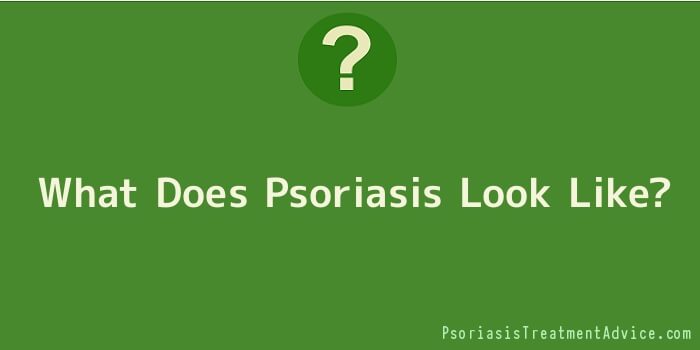
Psoriasis is a skin disorder that is believed to be caused by an immune system dysfunction. The body starts attacking itself leading to abnormal skin cell production. In about 50 percent of psoriasis cases, this abnormal skin cell production manifests as plaque psoriasis, which is characterized by red raised skin that is covered in silvery scales.
However, there are five different types of psoriasis and the symptoms vary between them.
Plaque psoriasis:
This is the most common type of psoriasis. People with this type typically break out in red raised rashes that are covered in silvery scales. The rashes are usually round or oval in shape and tend to cover large areas of skin.
Guttate psoriasis:
This type of psoriasis looks like small teardrops. They are red or salmon pink in color and may or may not be covered in fine silvery scales. Guttate psoriasis typically spreads out over the affected skin similar to chicken pox.
Pustular psoriasis:
The eruptions for this type of psoriasis look like red bumps that are filled with white fluid and pus. As time progresses, the red bumps merge together to form pus-filled puddles on the skin. Eventually, these puddles dry and the skin covering it peel.
The skin underneath the bumps is usually a fiery red. Severe forms of pustular psoriasis cover the entire body and sometimes require hospitalization because they can raise body temperature dangerously high.
Inverse psoriasis:
Instead of erupting outward like other types of psoriasis, inverse psoriasis erupts inward to create smooth patches of inflamed skin. It is common in overweight or obese individuals and usually occurs under the armpits and breasts, and around the genitals.
Erythrodermic psoriasis:
With this type of psoriasis, the entire body is covered in a red rash that peels. The associated itching and burning is very intense. This is the rarest type of psoriasis and is usually triggered by severe sunburn or uncontrolled psoriasis of another type.
Cure for Psoriasis
In general, psoriasis is a chronic condition that goes through phases of being active and going into remission. However, there are cases of acute psoriasis that only occurs once and never comes back. Regardless, there is no cure for psoriasis at the current moment and treatment focuses on eliminating and preventing the outbreaks.
Mild cases of psoriasis can usually be treated at home. Typically it involves using topical medications that contain active ingredients such as corticosteroids, vitamin D, salicylic acid, or retinoid. You want to be careful with these types of medications because they can cause side effects and some may become less effective over time. Corticosteroids in particular can incite a psoriasis breakout when you stop using it.
